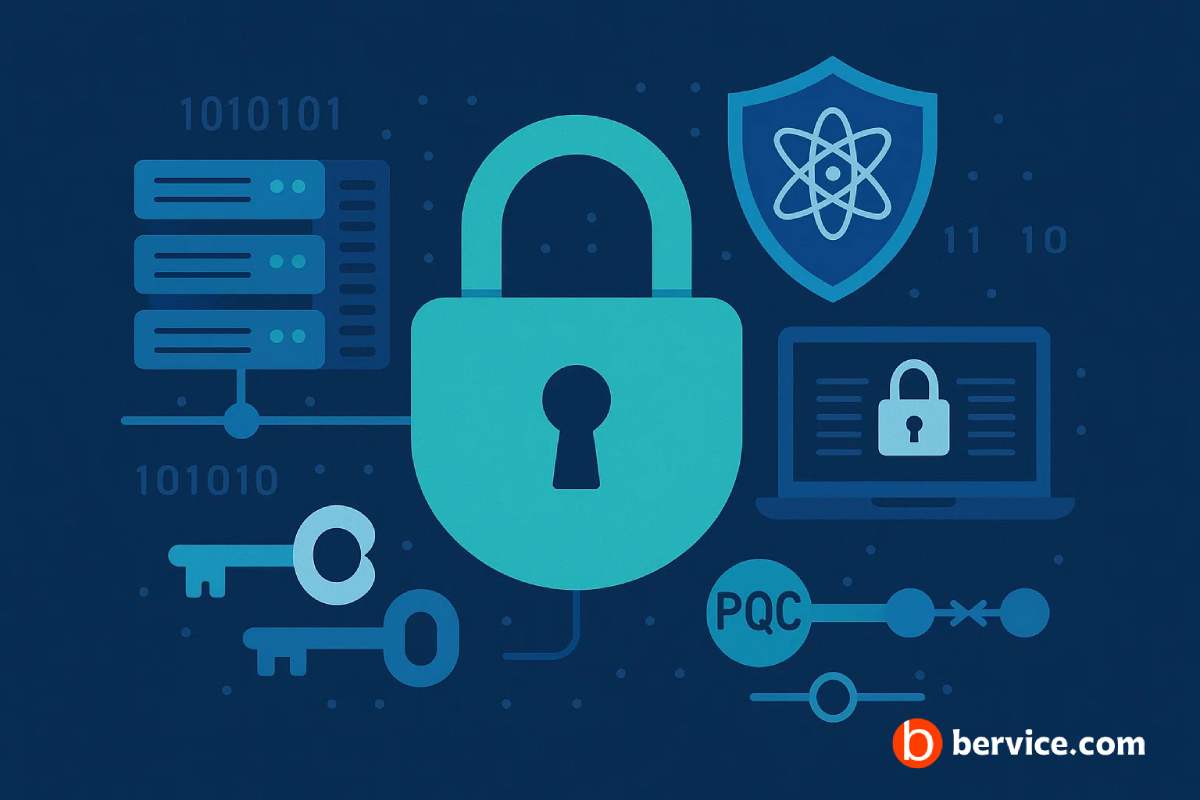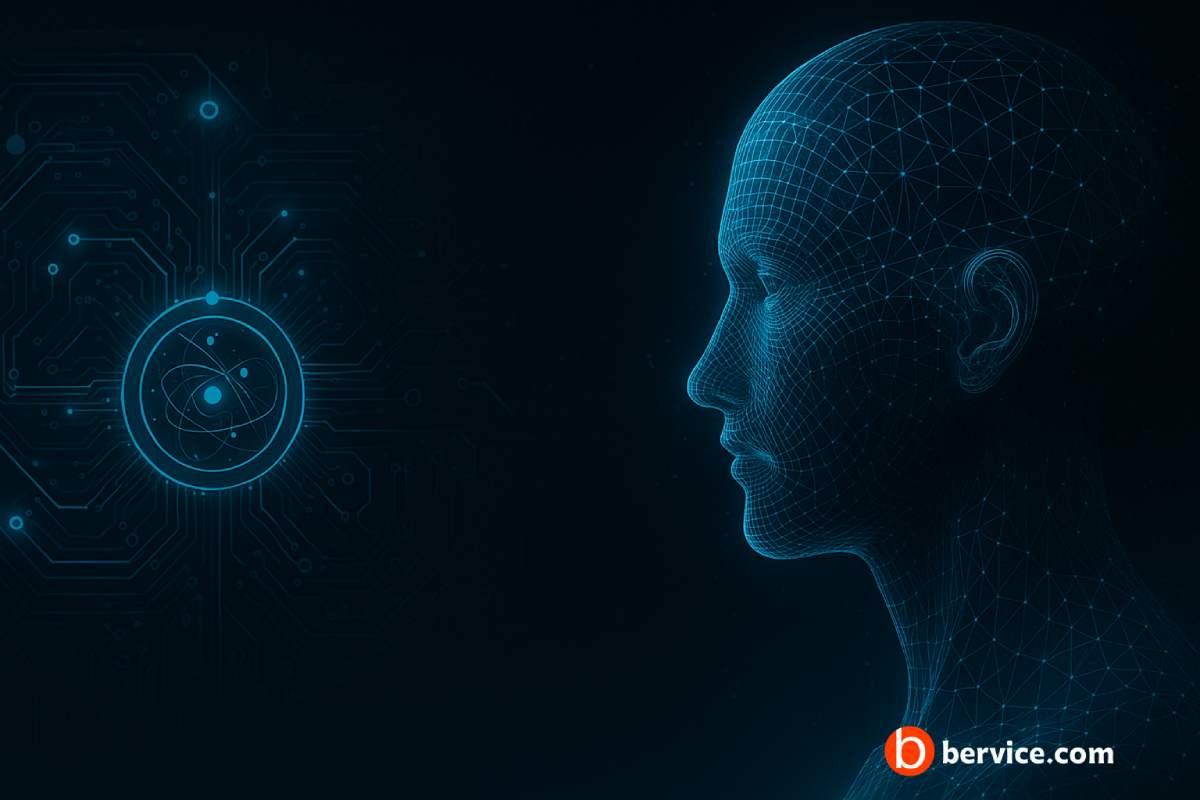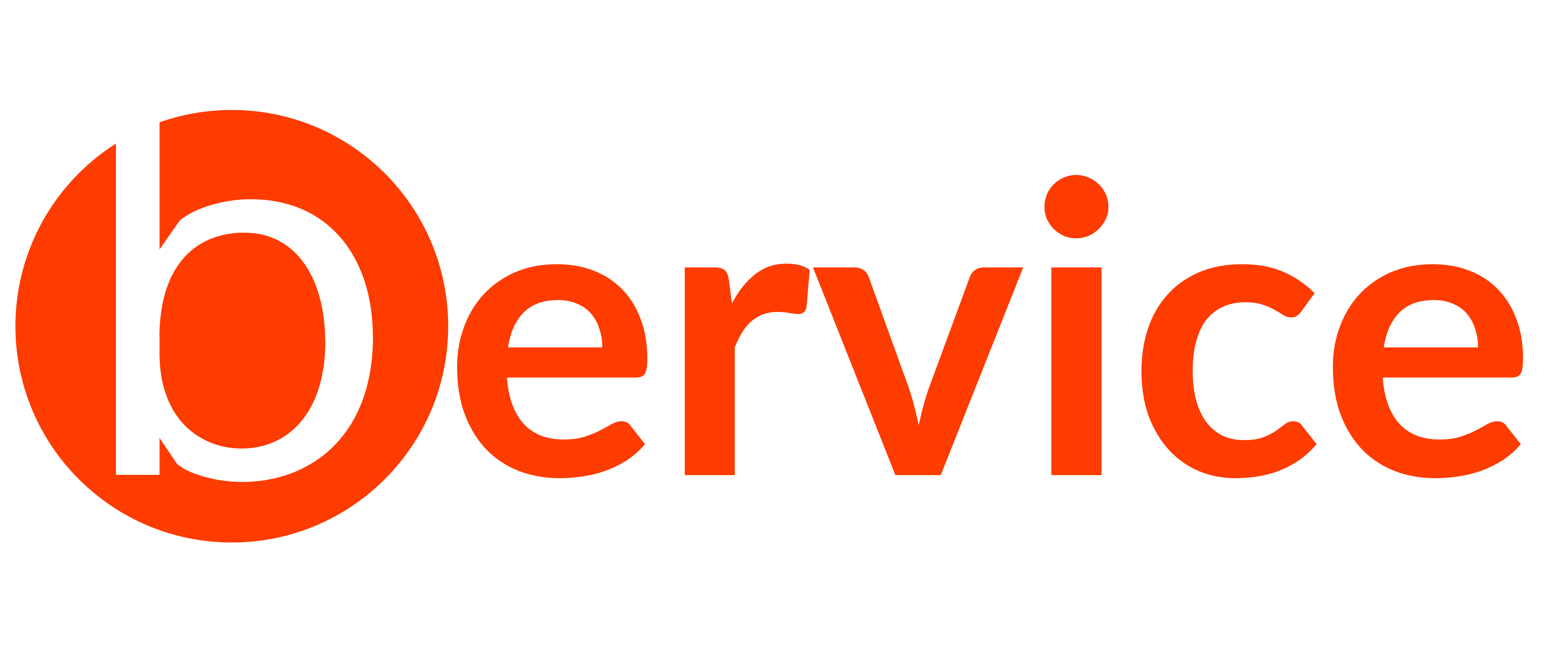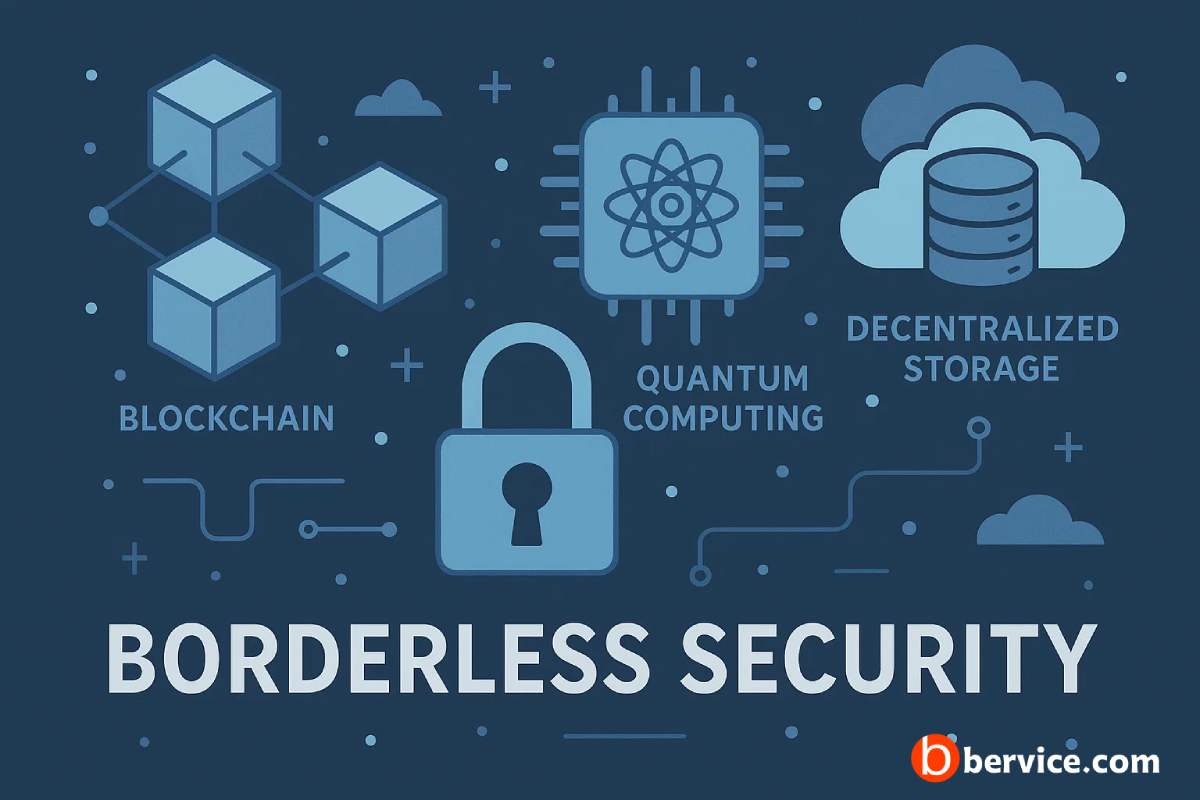
Blockchain technology is often discussed in the context of cryptocurrencies like Bitcoin, but its uses extend far beyond that. Let’s break down what blockchain is and how it works, step by step, in a simple way.
What is Blockchain?
At its core, blockchain is a digital ledger or record-keeping system that is decentralized. This means that there is no central authority, like a bank or government, controlling it. Instead, the information is distributed across a network of computers (also known as nodes). This makes blockchain secure, transparent, and tamper-resistant.
The name “blockchain” comes from its structure. Imagine a series of blocks linked together, each containing information. Each block contains:
- Data: This can be any kind of information, such as transaction details.
- Hash: A unique identifier for that block (a kind of digital fingerprint).
- Previous Block’s Hash: This connects each block to the one before it, creating the chain.
How Does Blockchain Work?
To understand how blockchain works, let’s go through a basic example using cryptocurrency transactions:
- Transaction Initiation: Imagine you want to send money to a friend using Bitcoin. You create a transaction request that includes details like how much Bitcoin you want to send and who the recipient is.
- Transaction Broadcast: This transaction is broadcast to a network of computers, known as nodes, spread across the globe. The network consists of users who agree on the rules of the blockchain (also known as consensus).
- Verification: Before the transaction is added to the blockchain, it needs to be verified. This is done through a process called “mining” in the case of Bitcoin, where computers solve complex mathematical puzzles to confirm that the transaction is valid.
- Adding the Block: Once the transaction is verified, it is grouped with other transactions into a “block.” This block is then added to the existing chain of blocks, which is why it’s called a “blockchain.”
- Finality: The transaction is now complete and recorded on the blockchain. The details of the transaction are visible to everyone in the network, but they cannot be changed or tampered with because of the security features of the blockchain.
Why is Blockchain Secure?
Blockchain’s security comes from a few important features:
- Decentralization: Since the data is distributed across many computers, there is no central point of failure. Even if one node is hacked, the rest of the network remains secure.
- Immutability: Once a transaction is added to the blockchain, it cannot be changed or deleted. This is because each block contains a hash of the previous block, creating a chain that would break if any block were altered.
- Consensus Mechanism: Blockchain networks use consensus algorithms (like Proof of Work or Proof of Stake) to ensure that all participants in the network agree on the validity of transactions. This makes it harder for malicious actors to tamper with the system.
- Transparency: Blockchain is transparent in that anyone with access to the network can view the transactions. This makes it more difficult to carry out fraudulent activities without being noticed.
Use Cases of Blockchain
Blockchain is not just for cryptocurrency. Here are some other industries that use or could benefit from blockchain technology:
- Supply Chain Management: Blockchain helps track the journey of goods from production to delivery, ensuring transparency and reducing fraud.
- Healthcare: It can store medical records securely and give patients more control over their health data.
- Voting: Blockchain can be used to create secure, tamper-proof voting systems, making elections more transparent and reducing fraud.
- Smart Contracts: These are self-executing contracts where the terms are written directly into code. When certain conditions are met, the contract automatically executes, without the need for intermediaries.
Conclusion
Blockchain is a powerful technology that provides a secure, transparent, and decentralized way to record and store information. While it is best known for its use in cryptocurrencies, it has the potential to revolutionize many industries by reducing fraud, improving transparency, and enabling new ways of interacting with data.
Connect with us : https://linktr.ee/bervice





